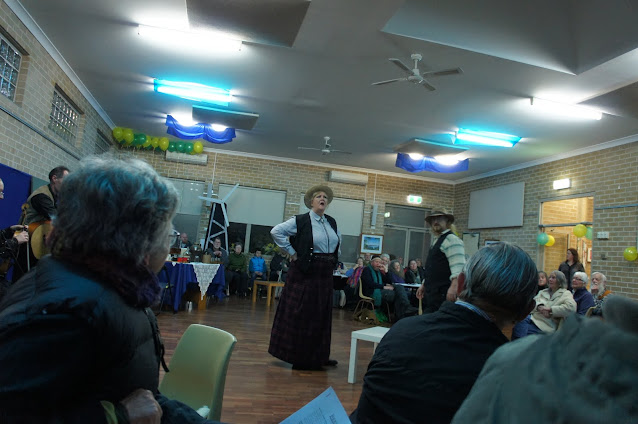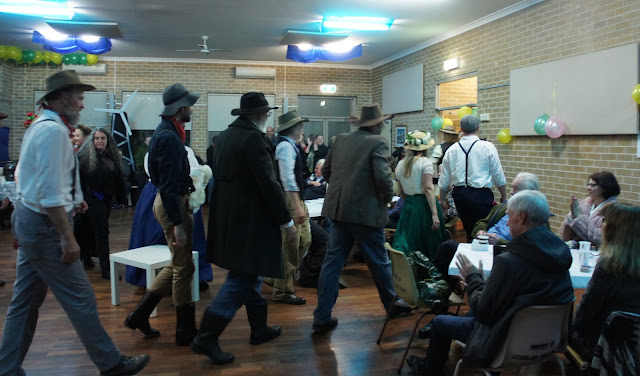This is the only item I can find about the 5th Birthday. Singabout does not mention it, and holdings of our Newsletter (1955 to 1977) are not complete.


copy supplied by Peter Ellis, (BMC archives)
************************************************************************************************* *************************************************************************************************
























































































